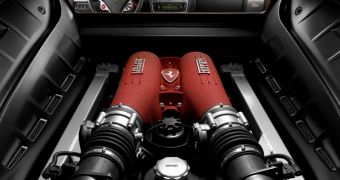In a normal internal combustion engine, the movement of the pistons turns the crankshaft, which is linked to a camshaft that opens and closes the valves, directing the flow of air and exhaust into and out of the cylinders.
A new computational model greatly increases the engine performance from one combustion cycle to the next by eliminating the link between the crankshaft and the camshaft.
This would allow independent applications to control the valves, so that the theoretical pattern could be applied to the movement of the valves, thus increasing the fuel economy by 15 to 20 percent.
The process will make the gasoline engines as efficient as diesel engines while nearly eliminating smog-generating nitrogen oxides and other hazardous exhaust gases.
"We're talking about a major leap in engine technology that could be used in hybrid cars to make vehicles much more environmentally friendly and fuel stingy," said Gregory M. Shaver, an assistant professor of mechanical engineering at Purdue University.
The principle is called variable valve actuation and allows the rerouting of a portion of the exhaust back into the cylinders to increase the efficiency of the combustion, thus reducing the emissions. It can also modify the compression rates in the cylinders and the combustion mix and timing.
Furthermore, it enables the introduction of an advanced method called homogeneous charge compression ignition, or HCCI, which would allow the United States to drastically reduce its dependence on foreign oil and the production of harmful exhaust emissions.
"Variable valve actuation and HCCI would help to significantly reduce our dependence on oil by enabling engines to work better with ethanol and biodiesel and other alternative fuels," Shaver said. "But accomplishing this is going to require a strong effort in several research areas - a commitment of funding, people power, industrial involvement and academic involvement."

 14 DAY TRIAL //
14 DAY TRIAL //